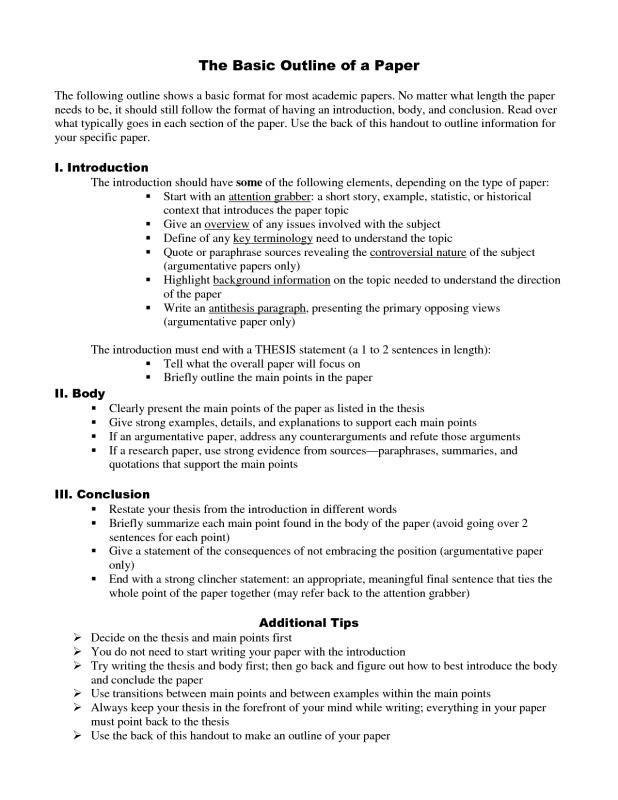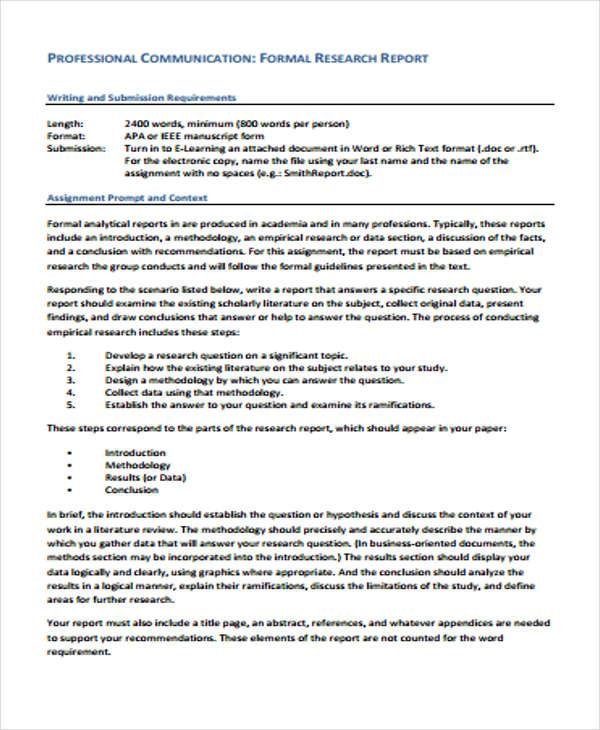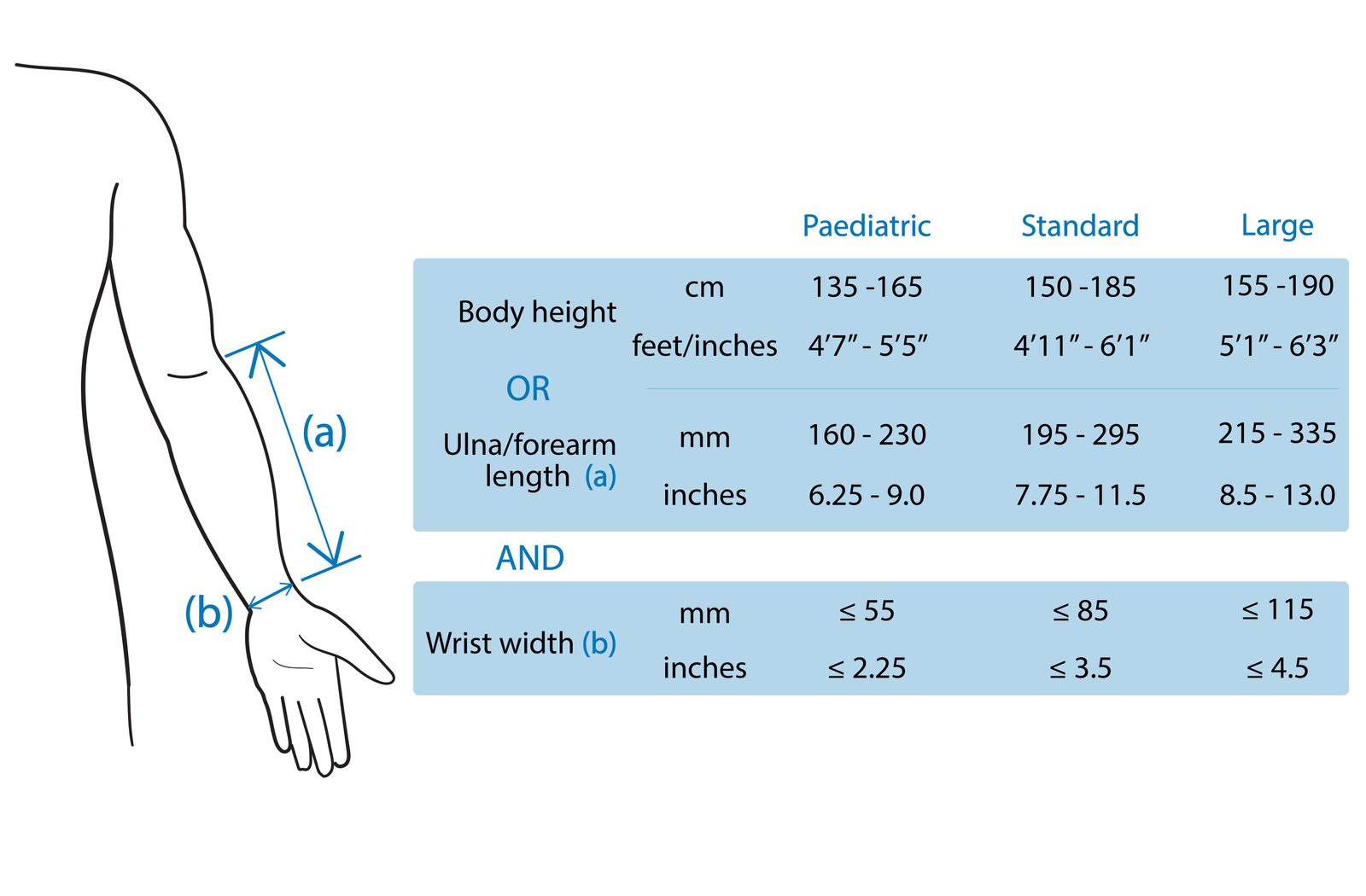how long should a research report be

In the world of academia and professional inquiry, the research report stands as a critical vessel for conveying findings, analysis, and insights. Yet, a lingering question often arises among researchers and writers alike: how long should a research report be? The answer, while seemingly straightforward, is woven into a tapestry of factors including the nature of the research, the expectations of the audience, and the conventions of the discipline. This article delves into the nuances of report length, exploring guidelines, common practices, and the balance between succinctness and depth. Whether you are a seasoned researcher or embarking on your first investigative journey, understanding the ideal length of a research report can enhance both the clarity of your work and the impact it delivers. Prepare to navigate the delicate interplay of content and form, as we uncover the art and science of writing a research report that meets its intended purpose.
Determining the Right Length for Your Research Report
When drafting a research report, finding the right length is crucial for effectively communicating your findings. Consider the following factors when determining the ideal length:
- Purpose of the Report: The intended use of your report can greatly influence its length. Are you summarizing your research for a specific audience or detailing it for future reference?
- Audience Expectations: Understanding your audience is key. Academic readers may expect a more comprehensive analysis, while industry professionals might prefer concise summaries.
Another essential consideration is the complexity of your research. When evaluating this, keep in mind:
- Topic Depth: If your research covers a broad topic with numerous facets, a longer report may be necessary to do the subject justice.
- Data Presentation: The amount and type of data you have to present will also influence length. Tables and figures can help illustrate points and may allow for a more compact narrative.
| Report Type | Typical Length |
|---|---|
| Journal Articles | 3,000 – 7,000 words |
| Theses/Dissertations | 10,000 – 100,000 words |
| Executive Summaries | 1,000 – 2,500 words |

Factors Influencing the Length of a Research Report
The length of a research report can vary significantly based on several key factors that shape its content and structure. Among these factors, the scope of the research plays a pivotal role. A report that delves into a broad topic typically requires more extensive coverage and detail, leading to an increase in length. Additionally, the complexity of the subject matter cannot be overlooked; reports addressing intricate issues often necessitate more exhaustive explanations, supporting data, and contextual background to effectively convey findings. Furthermore, the audience’s level of expertise influences how the information is presented, with reports aimed at specialists likely to adopt a more concise, data-driven approach, while those intended for a general audience might need elaboration and clarification on certain points.
Another essential consideration is the requirements set forth by academic or professional institutions. Different standards might dictate specific formatting, citation styles, and structural elements that can impact length. Following are some common elements that contribute to the overall length of a report:
- Literature Review: The depth of existing research covered can add substantial length.
- Methodology: Detailed explanations of research methods and instruments can require significant elaboration.
- Results and Discussions: Comprehensive analysis of findings usually demands a more extensive discourse.
- Appendices: Supplementary material can extend overall length, but often serves as valuable support.

Balancing Detail and Conciseness in Report Writing
Effectively is crucial for delivering a message that resonates with your audience. Details enhance the credibility of your research and are vital for providing comprehensive insights. However, overwhelming your readers with excessive information can hinder comprehension. Strive for a middle ground by focusing on the most relevant data points and presenting them in a clear, digestible manner. Aim to include supporting evidence that solidifies your arguments without venturing into unnecessary tangents. Key strategies to achieve this balance include:
- Prioritize essential findings over superfluous details.
- Use visuals like charts and graphs to summarize complex information.
- Adopt a straightforward writing style that avoids jargon unless necessary.
Creating a clear structure is another step towards achieving balance in your report. Outline major sections and allocate space according to the importance of the content. This allows for decision-making on what to emphasize. For instance, limiting the length of certain segments while expanding on crucial findings can optimize the overall flow. Consider the following table, which illustrates a potential structure in terms of word count distribution:
| Section | Suggested Word Count |
|---|---|
| Introduction | 200 |
| Methodology | 300 |
| Results | 400 |
| Discussion | 500 |
| Conclusion | 200 |

Tips for Adhering to Length Guidelines and Best Practices
When crafting your research report, adhering to length guidelines and best practices is crucial for clarity and effectiveness. First and foremost, understand the specific requirements of your target audience or publication. Research reports typically fall between 5,000 to 15,000 words, but this can vary depending on the complexity of the subject matter and the expectations of your institution. To ensure a concise yet comprehensive presentation, create an outline that breaks down major sections, such as introduction, methodology, analysis, and conclusion. This structured approach will not only help you manage your word count but also facilitate a logical flow of information.
Next, consider the use of visual aids such as tables, graphs, and charts to present data effectively without overloading your text. Here’s a simple representation of how you can integrate visuals for better comprehension:
| Section | Recommended Length | Considerations |
|---|---|---|
| Introduction | 10% of total length | Set the stage and state objectives |
| Methodology | 15-20% of total length | Describe methods clearly |
| Results | 30-40% of total length | Present findings with clarity |
| Discussion/Conclusion | 20-25% of total length | Interpret results and implications |
By following these guidelines, you can ensure that your research report not only meets required lengths but is also engaging and informative for your readers.
Future Outlook
the length of a research report is not dictated by a one-size-fits-all formula, but rather by the intricacies of the topic at hand, the expectations of your audience, and the depth of your analysis. While a succinct 10-page summary might suffice for some projects, others may warrant a more expansive treatment into the dozens of pages to adequately convey complex ideas and findings. Ultimately, the key is balancing thoroughness with clarity—ensuring your report is neither a mere leaf nor a weighty tome, but a well-crafted vessel of knowledge that invites exploration and understanding. Like the final strokes of a painter’s brush, the duration of your report should leave a lasting impression, one that sparks curiosity and cultivates dialogue long after the last line has been read. As you embark on crafting your own research masterpiece, let purpose and audience guide your pen, for in the realm of scholarly work, quality has always superseded mere quantity.




